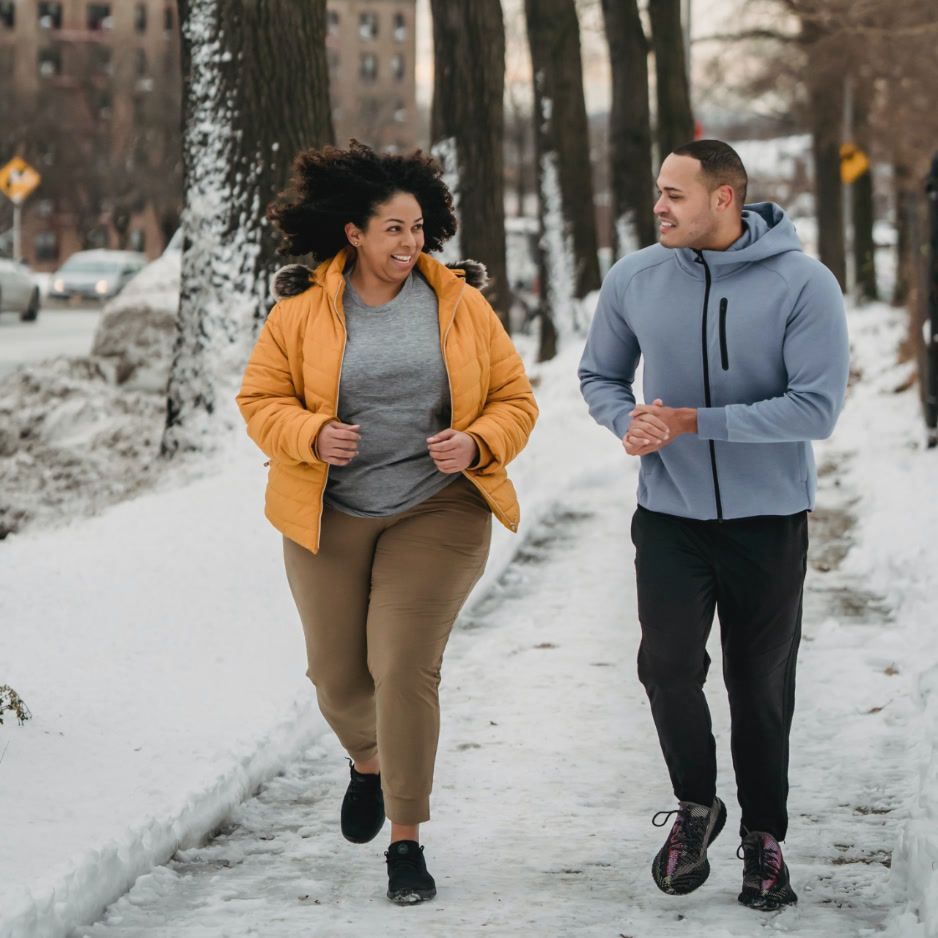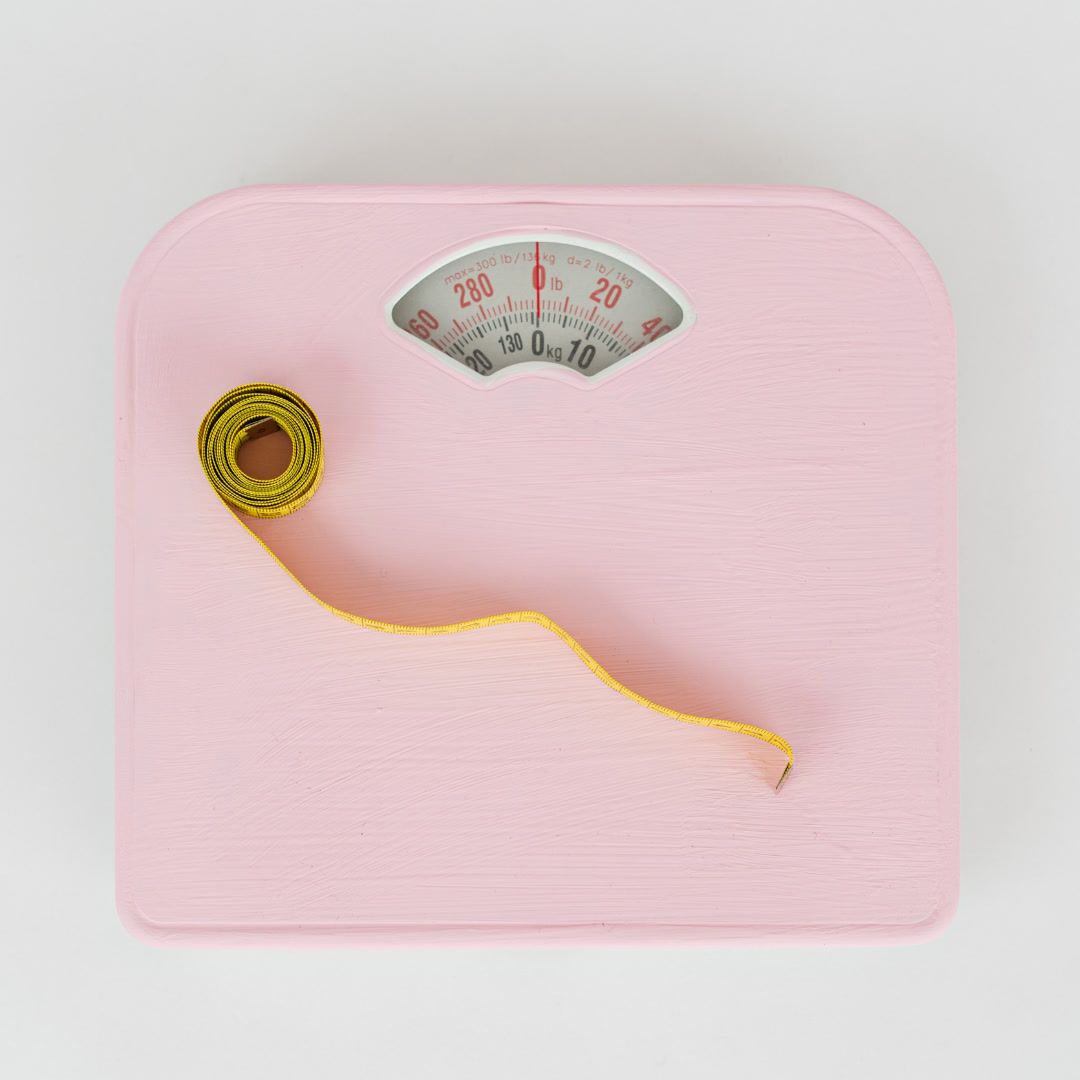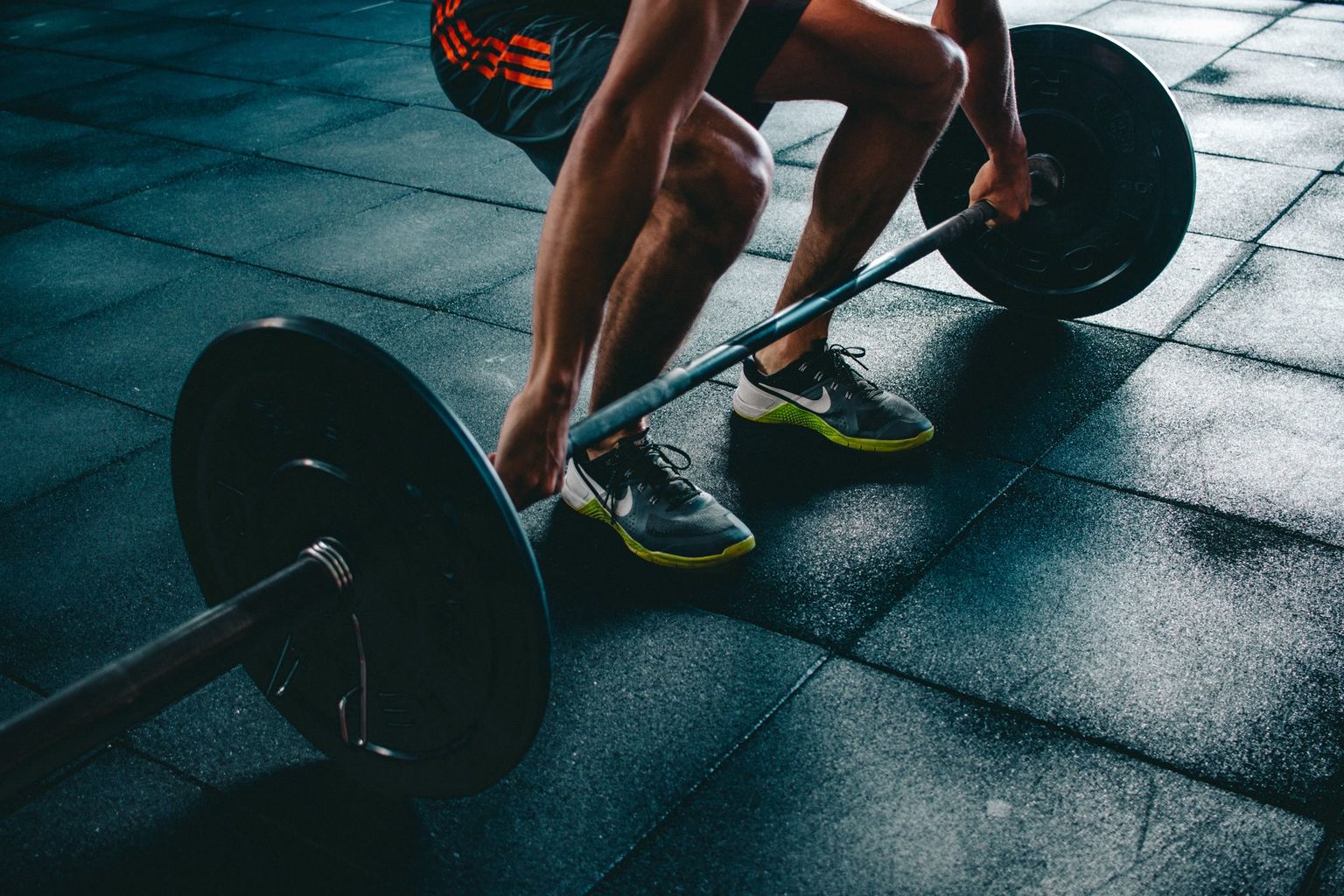Body Pod: Scale vs. Clinical Test vs. BodySpec DEXA Scan
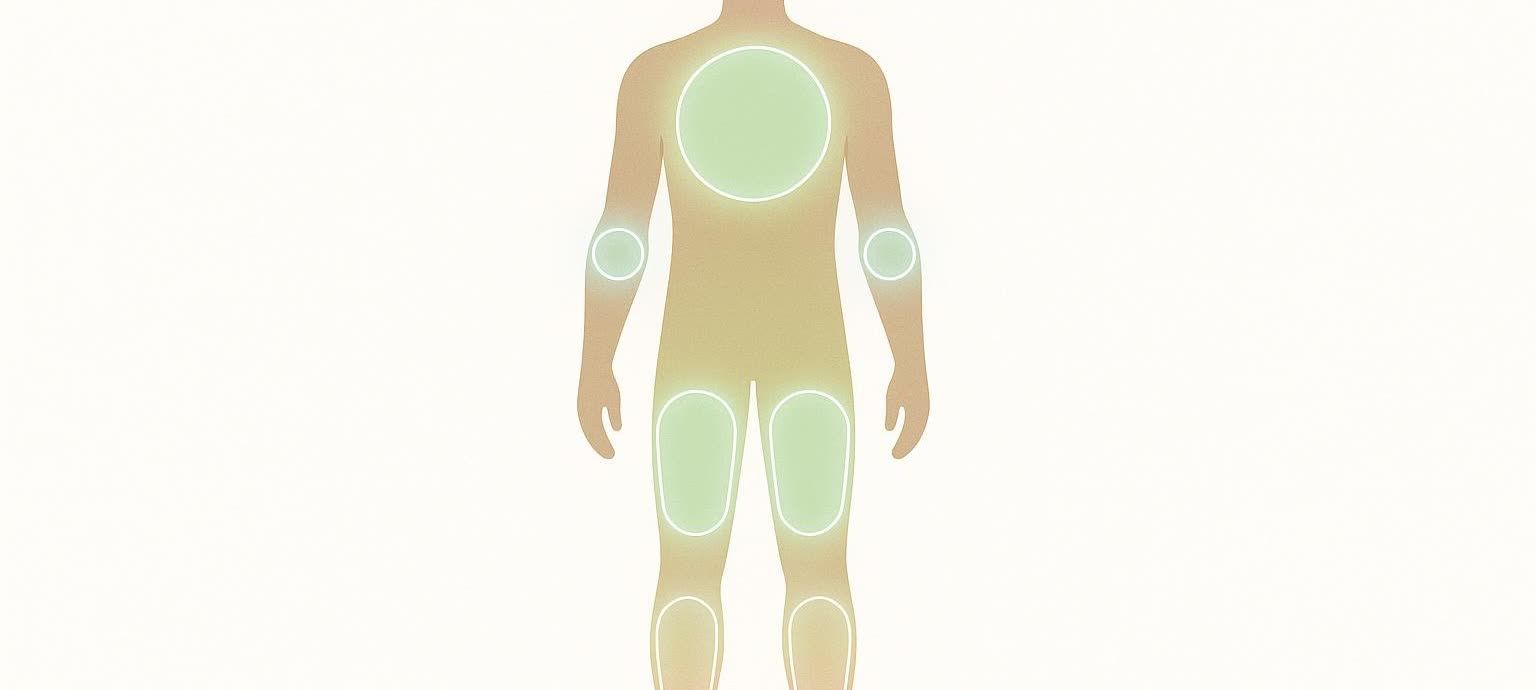
Body Pod: Scale vs. Clinical Test vs. BodySpec DEXA Scan
If you’ve searched for “body pod,” you’re likely seeing two very different things:
- An at-home smart scale called the Hume Health Body Pod that pairs foot and hand sensors with an app for segmental body composition and AI coaching, covered by an independent PCMag review.
- A clinical device known as the BOD POD that uses air displacement plethysmography (ADP) to estimate body fat and fat-free mass, as COSMED describes in its GS-X overview.
This guide clarifies the differences and compares accuracy and costs. You’ll also see when each option makes sense—and where DEXA fits if you want the most complete, repeatable picture of body fat, muscle, and visceral fat.

Quick pick: Which “Body Pod” is right for you?
- You want a convenient at-home trend tool with segmental readouts and coaching → Consider the Hume Body Pod smart scale (manufacturer page).
- You want a quick lab visit to estimate total body fat using air displacement → Find a BOD POD test (about 5–10 minutes including setup; COSMED notes the test itself can be under 5 minutes in the GS-X overview).
- You want the most comprehensive, repeatable data including visceral fat and bone-density trends → Book a DEXA scan.
What is the Hume Health Body Pod smart scale?
The Hume Body Pod is an at-home smart scale. It uses bioelectrical impedance analysis (BIA) with foot pads and a handheld scanner to estimate body composition for your arms, legs, and trunk in the Hume app.
- Features and claims: Hume advertises multi-frequency sensors, up to 45 metrics, AI guidance, family profiles (multi-user support), and HSA/FSA eligibility — see the Hume product page. The PCMag review notes segmental analysis with a handheld wand as a differentiator, but also mentions slow app syncing, lack of Wi‑Fi at the time of testing, and a high price.
- Pricing: Promotional pricing is often over $200, but this varies by retailer.
- Important context:
- How it works: Consumer BIA devices estimate body composition from electrical conductivity and proprietary equations.
- What affects readings: Hydration, recent meals, and exercise can shift results.
- Accuracy caveat: Independent validation vs. DEXA is limited; results vary by user.
- How people use it: Many treat BIA scales as convenient trend tools and confirm key checkpoints with a lab method like DEXA (see a review of DXA technology and BodySpec’s guide on how DEXA compares to InBody).
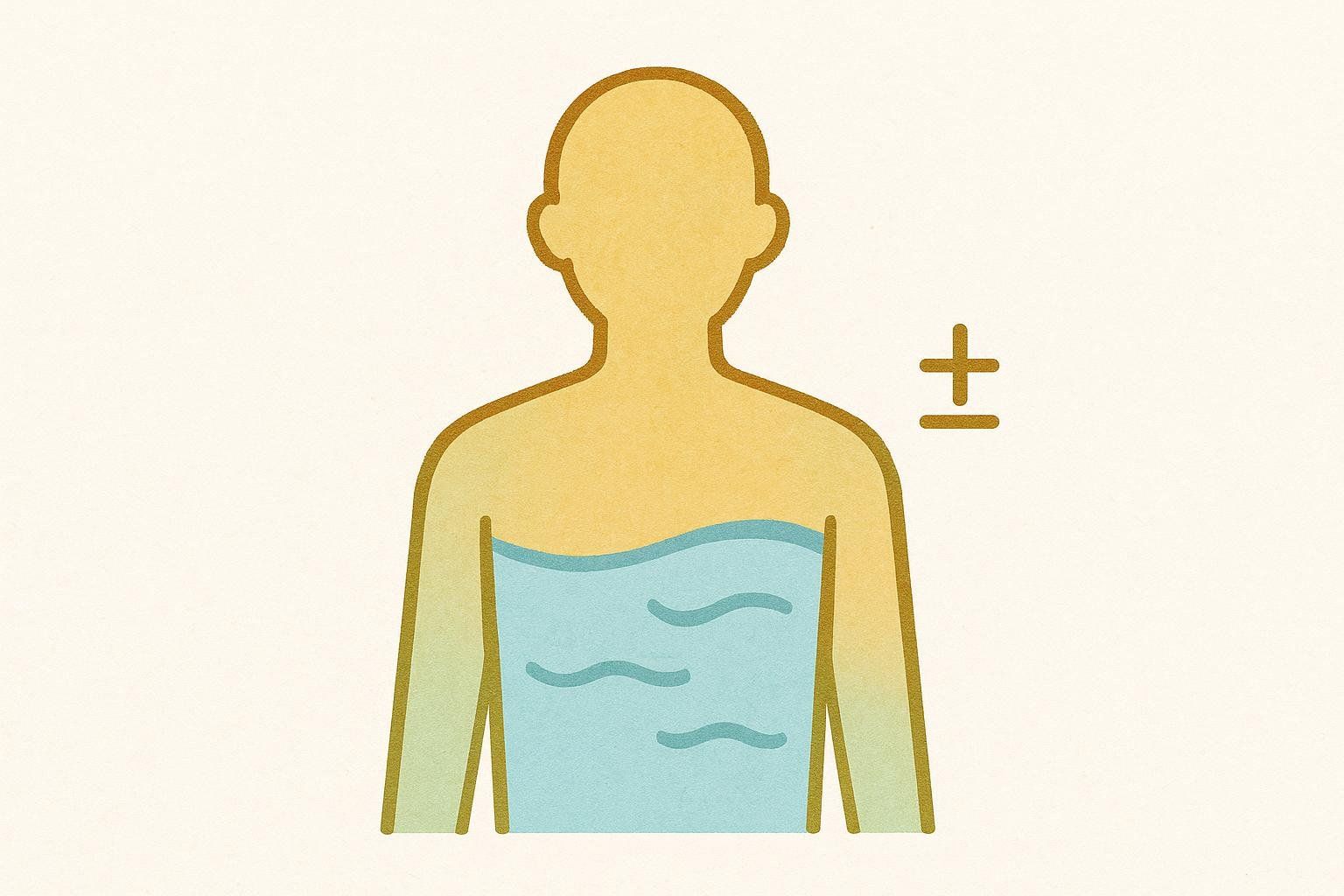
What is a BOD POD test (air displacement plethysmography)?
The BOD POD is a clinical device that estimates body density by measuring how much air your body displaces in a sealed chamber. From body density, software applies equations to estimate body fat and fat-free mass.
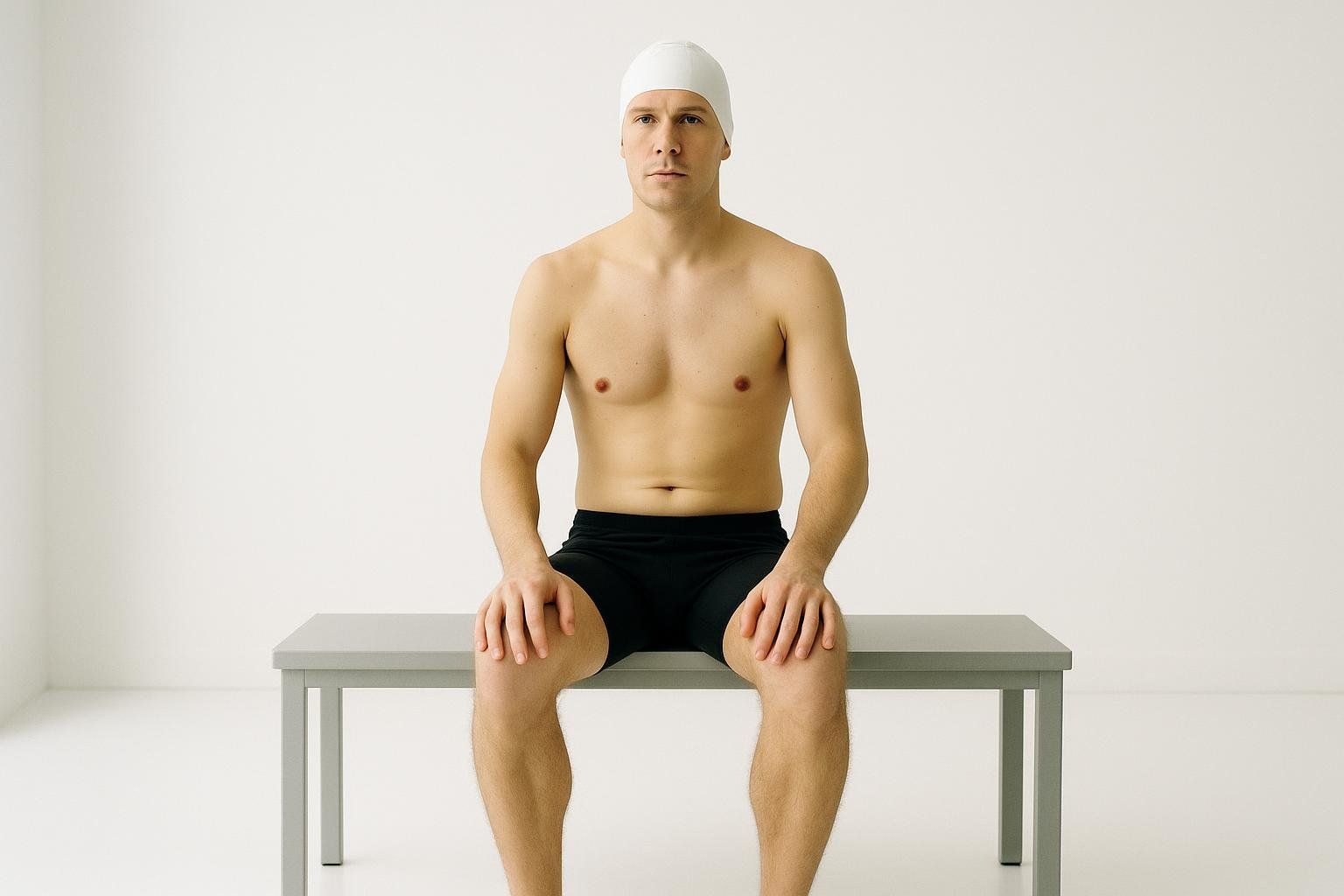
- Test experience: Non-invasive and quick (~5–10 minutes including setup). COSMED describes a full test in under 5 minutes in the GS-X overview. Many clinics ask you to wear a swimsuit or tight clothing and a swim cap to improve measurement consistency; for example, Memorial Hermann outlines attire and lists an example clinic price of $50 (pricing varies by site).
- Accuracy considerations:
- Athletic population: In a study of collegiate football players, BOD POD tended to underpredict %fat vs. DXA.
- Across BMI extremes: In a study comparing ADP to DXA across BMI ranges, ADP overestimated %fat in very lean people and underestimated in heavier individuals relative to DXA.
- Summary: ADP shows small but systematic bias vs. DEXA in some groups (e.g., athletes, BMI extremes).
- Limitations: BOD POD does not quantify visceral adipose tissue (VAT) or bone density. The formulas assume average densities for fat and fat‑free tissues that don’t apply perfectly to everyone—especially very lean or heavier individuals—which contributes to method differences at the extremes.
Accuracy, at a glance
| Method | What it measures | Strengths | Known limitations | Key sources |
|---|---|---|---|---|
| Hume Body Pod (smart scale) | BIA-based estimates of body fat, muscle, water; segmental outputs via handheld wand | At-home convenience; frequent check-ins; app coaching | Sensitive to hydration/meal/exercise timing; manufacturer accuracy claims may not equal independent DEXA validation; results vary by user | Hume product page; PCMag review |
| BOD POD (ADP) | Body density → %fat via equations | Quick, non-invasive; used in labs/teams | No VAT or bone metrics; small bias vs. DEXA in some groups (e.g., athletes, BMI extremes) | COSMED GS-X; PubMed study; study on ADP vs. DXA |
| DEXA | Separates regional bone, fat, and lean mass; estimates VAT | Gold-standard composition with strong precision for trend tracking; includes VAT and bone insights | Requires a clinic visit; involves a very low dose of X-ray radiation; for body composition insights, not medical diagnosis | DXA technology review; BodySpec’s accuracy guide |

For a deeper dive on repeatability and real-world tracking, see BodySpec’s DEXA accuracy guide and our explainer on how DEXA compares to InBody.
Cost comparison
| Option | Typical upfront or per-test cost | Notes |
|---|---|---|
| Hume Body Pod (smart scale) | Promotional pricing is often over $200; varies by retailer and promotion | Hume markets this as HSA/FSA eligible. |
| BOD POD test | Example clinic price: $50 (pricing varies by site) | See pricing from facilities like Memorial Hermann. |
| DEXA scan | $40–$60 at BodySpec; See pricing and locations | Includes VAT and bone density data; HSA/FSA eligible. See our cost-benefit analysis. |
Where to book a test near you
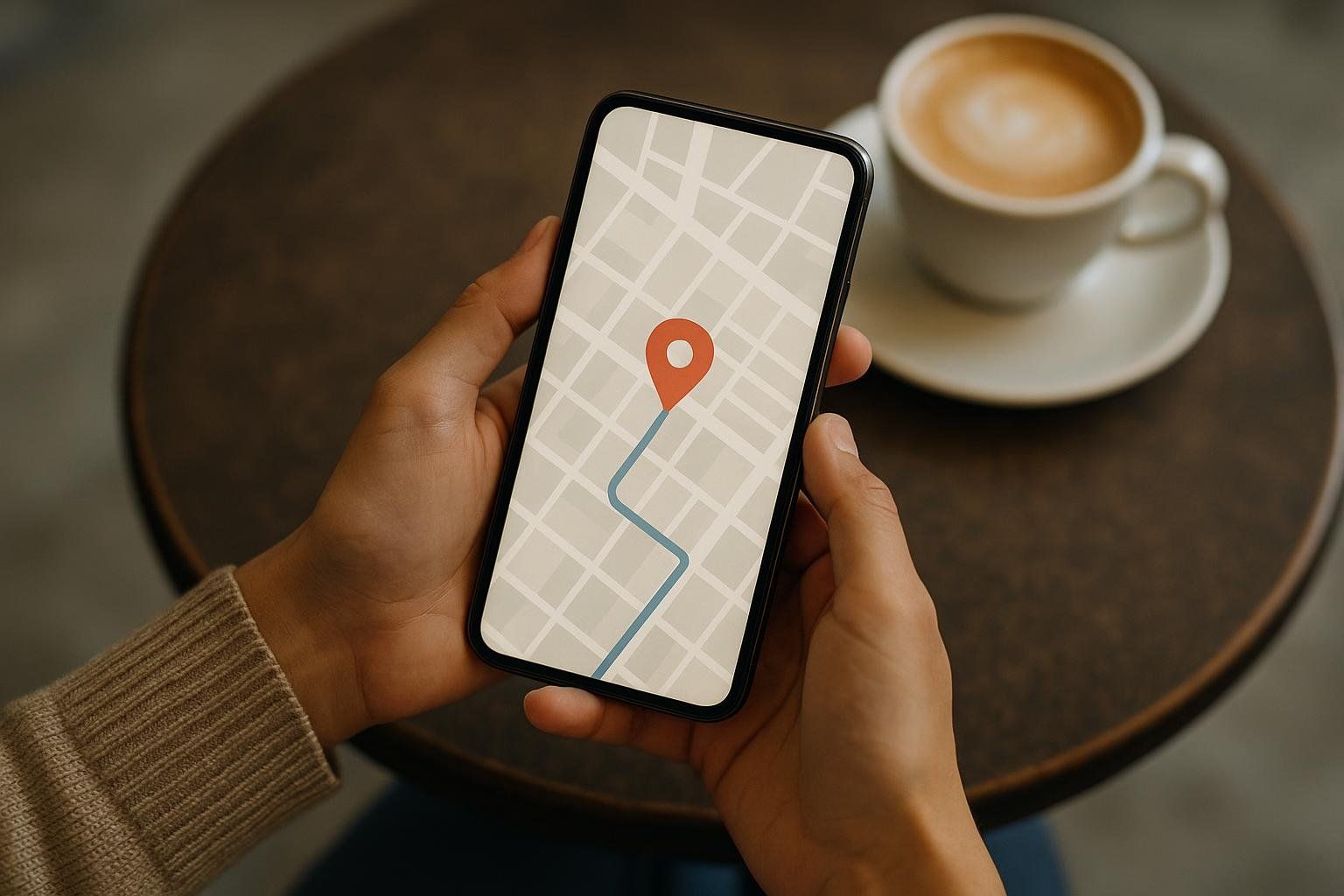
- BOD POD: Search for “BOD POD test near me” and confirm attire, prep, and pricing. Examples include hospital performance centers and university labs like Memorial Hermann and George Mason’s SMART Lab.
- DEXA: BodySpec offers scans at multiple locations. Book your scan online.
Which should you choose? Real-world scenarios

- The at-home data enthusiast: Use the Hume Body Pod smart scale for frequent check-ins. Keep hydration, meal timing, and time of day consistent. Confirm quarterly with a DEXA scan to lock in a high-precision baseline and visceral fat trend. Start here to learn how to find and compare body fat scans.
- The coach or athlete: If your lab has a BOD POD, it’s a quick way to estimate %fat during camp. For off-season planning and risk management, add DEXA for regional muscle, bone trends, and visceral fat. See our DEXA accuracy guide.
- For clinical use: A physician might choose ADP for a quick %fat estimate when speed and simplicity matter. If the question involves visceral fat, bone health, or precise regional muscle tracking, DEXA provides those details and strong scan-to-scan consistency.
FAQs
-
Are smart scales like the Hume Body Pod accurate?
They can be directionally useful for trends, but day-to-day values shift with hydration and meals. Manufacturer accuracy statements may not reflect real-world performance across all users; independent validation vs. DEXA is limited. For high-precision tracking and visceral fat, use DEXA. -
How much does a BOD POD test cost?
An example clinic price is around $50 (pricing varies by site), as shown by facilities like Memorial Hermann. -
How long does a BOD POD test take and what do I wear?
About 5–10 minutes including setup; wear a swimsuit or tight clothing and a swim cap for best results — see prep details from Memorial Hermann. COSMED notes under 5 minutes for the test itself in the GS-X overview. -
Is the BOD POD better than DEXA?
They answer different questions. ADP estimates body fat quickly but doesn’t quantify visceral fat or bone. DEXA provides a fuller picture (fat, lean, bone, VAT) and is widely used as a reference in body composition research — see this review of DXA technology. -
Do smart scales really measure visceral fat?
They provide algorithmic estimates. DEXA provides a research-grade estimate of fat in the abdominal area, which is strongly linked to metabolic health risks — see our guide on understanding visceral fat.
Bottom line and next steps
Hume’s Body Pod smart scale is convenient for at-home trends. BOD POD tests are fast and useful, especially in athletic or lab settings, but they don’t report visceral fat or bone. If you want comprehensive, repeatable data to guide training, nutrition, and long-term health decisions, schedule a DEXA scan.
Book your BodySpec scan and review our pre-scan checklist to ensure your results are consistent and accurate from day one.
